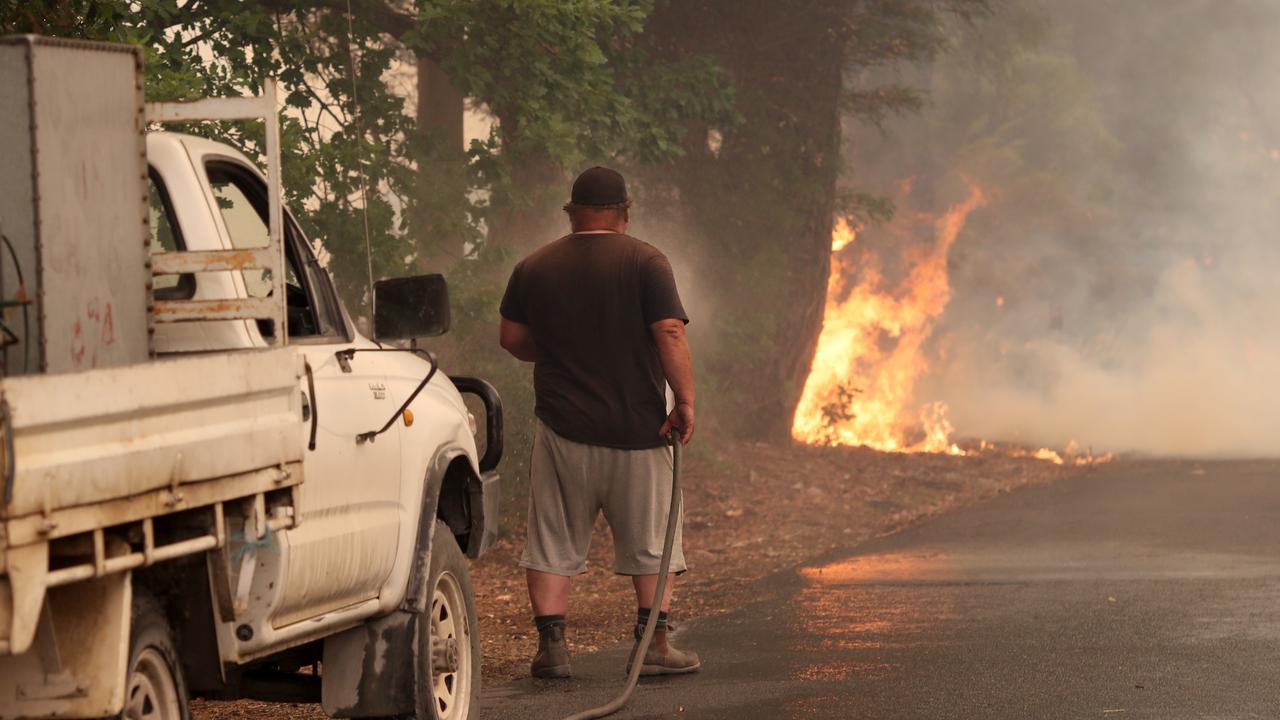SA’s Covid kids to be treated at home, number of Covid beds for children revealed
The number of beds reserved for children who need to be hospitalised due to Covid once borders open has been revealed.
Coronavirus
Don't miss out on the headlines from Coronavirus. Followed categories will be added to My News.
Most cases of Covid-19 in South Australian children will be treated by the Women’s and Children’s Hospital virtual ‘COVIDKIDS’ service while the dedicated children’s Covid ward will have just 32 beds.
In a press conference today Health Minister Stephen Wade said children mildly infected with Covid will be treated at home using teleconferencing facilities, with parents asked to monitor their condition once borders open.
He said those who became seriously ill and had to be hospitalised would be treated in a dedicated children’s Covid ward, which will have 32 beds available as part of the governments reopening plan.
Mr Wade said the $3.7m investment was part of long term planning to deal with Covid.
“We know 95 per cent of patients don’t need hospital care,” he said.
“COVIDKIDS gives children and young people the opportunity they need from the safety and comfort of their own home.”
“It is similar to the virtual urgent care service introduced two months ago which has been extremely popular.
“The Women’s and Children’s Health Network has been Covid-ready for months now, we will be making sure children have the care they need.”
While most children will have no symptoms, those who are mildly ill but don’t need to be admitted to hospital will be assessed and monitored using the virtual system.
The five per cent of cases who do need hospital treatment will be admitted to an isolated 32-bed ward at the Women’s and Children’s Hospital which will have a private entrance.

The “COVIDKIDS” service will see experts from the Women’s and Children’s Hospital monitor the children via the telelink at least once a day, in tandem with a GP liaison service.
Women’s and Children’s Health Network chief Lindsey Gough said children can be “admitted to the virtual COVIDKIDS service” through a GP liaison service then be checked by a paediatrician and paediatric nurse via video.
Hospital officials say interstate experience indicates the 32-bed ward will be sufficient to handle demand due to the vast majority of infected children having few or no symptoms, as well as rising vaccination rates among adults in South Australia.
Children who need a physical assessment will be taken to the WCH, while arrangements are being made for similar consultations in rural areas.
Asked if an entire school would close if a child tests positive, Mr Wade said Communicable Diseases Network Australia was looking at how close and casual contacts will be managed and that chief public health officer Professor Nicola Spurrier “will have more to say on that in due course.”
He said he hoped the advice would be available before borders open on November 23 “for schools, businesses, sporting groups and a range of groups.”
An audit of ventilation systems is currently being carried out across 900 SA Education Department sites, while a trial of air purifiers has started Monday at Norwood Primary School.
This is despite not pledge from the state government to roll out air purifiers in schools.
Over the border, the Victorian government already committed to installing 51,000 air purifiers in public, low-fee Catholic and independent schools.
Whether air purifiers are effective in classrooms to stop the Covid spread is still being debated.
Air purifiers aim to filter air by passing it through a high-efficiency particulate air (HEPA) filter.
As well as viruses, these filters are designed to trap unwanted particles such as dust, pollen, bacteria, viruses and hair from the air while allowing clean air to be pushed back out into the environment.
The second approach cycles the air through an enclosed unit where it is exposed to an ultraviolet (UV-C) germicidal light that kills viruses.
Vaccination is still unavailable for children under 12, and just 26 per cent of those aged 12-16 are double-vaccinated.
That is the country’s second-lowest rate after Western Australia (23 per cent) and well behind the ACT (87 per cent), NSW (67 per cent) and Victoria (60 per cent).
Australian Education Union state president Lara Golding said on the weekend that the state government must urgently provide teachers with a detailed plan on how it would reduce the Covid-19 risk in schools.
“We wrote to the Education Minister (John Gardner) nearly two months ago seeking to work constructively with the government on access to vaccinations, risk assessments, ventilation audits, mask requirements and social distancing planning.
“It is deeply concerning that we are yet to be consulted on a comprehensive plan or modelling for schools, preschools and TAFE.”
MORE TO COME




